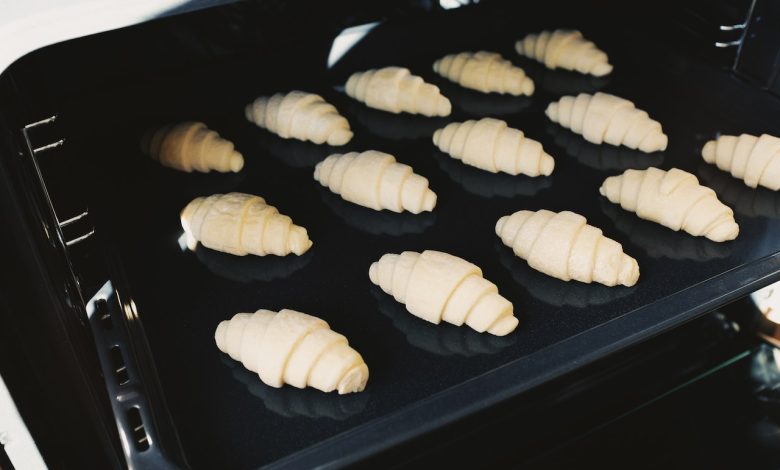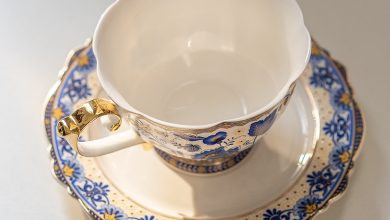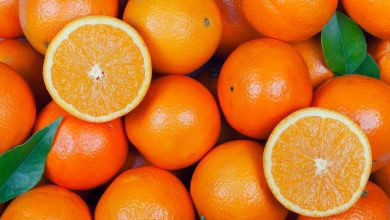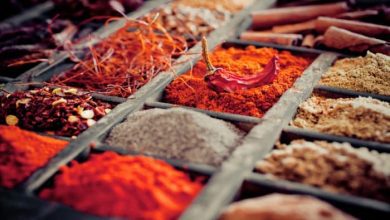How To Prepare Cake And Sweets Using Bakeware

These helpful hints will enable you to consistently achieve fantastic results whether you’re baking a layer cake or a sheet cake. For more advice on choosing the best pan for your recipe, be sure to look at our Wilton Bakeware Comparison Chart and Guide.
A GLASS PAN CAKE BAKER’S GUIDE
Sheet cakes bake beautifully in glass pans. You can use your glass pan the same way you would a metal pan if it is oven safe. However, keep in mind that glass will allow your cake to bake more quickly than metal will, so keep an eye on your cake during the final few minutes of baking. If you want to stop your cake from burning or browning too quickly, you can also lower the oven temperature by roughly 25 degrees.
Using A Springform Pan To Bake A Cake
We don’t advise using cake batter in a springform pan because the batter can leak out the bottom because the sides and bottom don’t form a tight seal. Fortunately, you can make a ton of other dishes with your springform pan, such as deep-dish pizza, frozen desserts, and cheesecake. For more advice, refer to our article on How to Use a Springform Pan.
Using Silicone Bakeware To Bake
Because silicone is naturally non-stick, it’s a fantastic material to use when baking cakes of all sizes. When using silicone in baking, there are a few things to remember:
All silicone is not heat-resistant. Make sure your silicone bakeware can go in the oven by checking its instructions for use and maintenance. Some silicone molds can only withstand heat up to a certain point, while others—like those used to make candy—should never be placed in the oven.
Bake times could differ. Your cakes may need to be bake for a few extra minutes. Because silicone doesn’t retain heat as well as stainless steel or aluminum do. Silicone requires sturdiness. Before putting your cake bakeware in the oven, place it on a cookie sheet. This creates a flat surface for even baking on your silicone.
GUIDE TO MEASURE A CAKE PAN
Use a ruler to measure from one inside edge of the pan to the other inside edge in order to determine the size of your cake pan. In your measurement, leave out the pan’s lip and handles. Only the portion of the pan that contains the ingredient is used for an exact measurement. The same is true for measuring pie pans and cookie sheets. This is a simple way to ensure that your pan is the appropriate size for your recipe even though the sizes of most Wilton pans are engraved on the handle for quick reference.
PREPARING YOUR CAKE PAN
Nothing is worse than removing your cake from the oven to find it stuck to the pan. To ensure that your cakes come out clean, we advise either spraying your pan with non-stick cooking spray or lining it with parchment paper before baking. Additionally, this makes cleaning your bakeware a snap!
A CAKE PAN’S GREASE INSTRUCTIONS
Use Bake Easy or nonstick baking spray to grease your cake pan. Spray that prevents sticking. Bake Easy has no flavor or color, so it won’t change how your cake turns out. Additionally, you can use it on cookie sheets and muffin tins! You might be told to butter and flour your pan according to some recipes. To do this, rub softened butter with your fingers inside the bakeware, making sure to get into all the nooks and crannies. Sprinkle some flour over the pan after it has been covered in a thin layer of butter. To evenly distribute the flour on all interior bakeware surfaces, gently tap and turn the pan.
How To Use Parchment Paper To Line A Bakeware
Use a circle of parchment paper to prevent cake batter from sticking to the pan for an easy release. Put parchment paper on the pan’s bottom after lightly coating it with non-stick spray to prevent sticking. The batter should be poured in; bake away! The parchment paper doesn’t need to be sprayed; once the cake is taken out of the pan, it will simply peel off. If you want to buy bakeware at low price then redeem the Anolon Coupon Code.
HOW FULLY SHOULD A CAKE PAN BE FILLED?
We advise filling your pans with batter no more than 2/3 full in order to allow space for your cakes to rise (a little more than halfway). This is a decent general rule of thumb for cakes, cupcakes, muffins, and sheet cakes even if certain recipes may specify otherwise.
TAKING YOUR CAKE OUT OF THE PAN
It’s always tense to take a cake out of the pan, but it doesn’t have to be! If you’ve done everything right, taking it out of the pan should be simple.
HOW LONG A CAKE SHOULD COOL BEFORE REMOVING IT FROM THE PAN
It’s a good idea to let your cake cool in the pan for about 10 to 15 minutes before removing it, unless your recipe specifies otherwise. This avoids tears and breaks in your crumb by allowing the cake to gradually release from the pan as it cools.
HOW TO REMOVE A CAKE FROM A Bakeware
It should be a piece of cake to remove your cake from the pan once it has cooled down for a few minutes. Put a plate or cooling rack over your bakeware. Then turn them both over so the plate or rack is on the bottom and the bakeware is on top. To release your cake, gently remove the pan. If your cake is still stuck, you can either wait for it to cool down for a little while longer or use a paring knife to loosen it up.
HOW TO GET CAKE OUT OF A TUBE PAN
Your best bet is to make sure your pan is prepared with non-stick spray so that your cake comes out perfectly clean and pristine. Make sure to clean the pan’s tiniest crevices and crevices! Additionally, watch your cake carefully to prevent burning. Make sure the bottom of your cake doesn’t burn since the majority of tube pans and shaped aluminum pans are flipped over when served!
Additionally, it’s crucial to allow shaped cakes to cool, just like with other bakeware. Allow your cake to cool for about 15 minutes after removing it from your tube or shaped pan from the oven. You are now ready to begin baking after preparing your pan. For advice on avoiding cracked tops and high domes, as well as how to make your own cake flour and store any leftover buttercream, be sure to read our blog.
Your kitchen will change as soon as you find the bakeware you like. As long as feasible, we want to be able to use these products. There isn’t much of a secret in how to do that. Every essential in our lives can be kept running longer with the right maintenance and care. However, there may be several steps in this. Before beginning the baking process, it’s important to properly prepare your bakeware.
Learn how to prepare bakeware in three simple steps by reading on.
Why Is Preparation So Vital?
To make sure that your bakeware lasts a long time and never gets damaged, preparation is crucial. Additionally, careful preparation can make or break the success of your recipe. Sticking is one of the main causes of cake destruction. The ingredients will inevitably expand in the oven and adhere to the container they are being held in. When attempting to remove the cake from the bakeware, presents a significant challenge. In these situations, you’ll need to figure out how to get the cake’s sides loose so you can remove them from the pan. Even if you manage to get the cake out of the oven by loosening the sides enough, handling it too much is dangerous. A hot, delicate cake that is not handled properly risks crumbling and losing its shape and structure.
Nonstick Ceramic Defense
The second step to averting all of this bad luck is to prepare your bakeware. The first step is to choose a cake pan with features that can help with this prevention. Consider a non-stick cake pan, in other words. We would suggest one of our own from our Complete Bakeware Set more precisely. Our collection includes a 9×13″ Rectangular Pan, a 9″ Square Pan, and a 9″ Circle bakeware, among other diverse cake pan sizes. Anyone you choose will be created of ceramic, regardless of your choice. Compared to conventional non-stick pans, ceramic is better. Ceramic bakeware has a naturally slippery surface that is free of hazardous metals, PTFE, PFOA, and PFAS. These are substances that are included in other non-stick cookware. Not only will you be certain to use only non-toxic bakeware. But you’ll also be actively improving the baking environment for your cake.
Because the ceramic ensures even heat distribution without any cold spots, your cake will be fully cooked. You won’t have to rely as heavily on the preparation steps to prevent the cake from sticking and crumbling because of the slick surface.
Getting Ready a Cake Pan
The best way to avoid all of these problems, such as sticking and crumbling, is to prepare your cake pan. In addition to purchasing a ceramic non-stick cake pan. Your cake will definitely survive and turn out beautifully if the proper precautions are taken. You can use the Circulon Coupon Code to buy bakeware.
Read More Blogs: https://keyposting.com/





